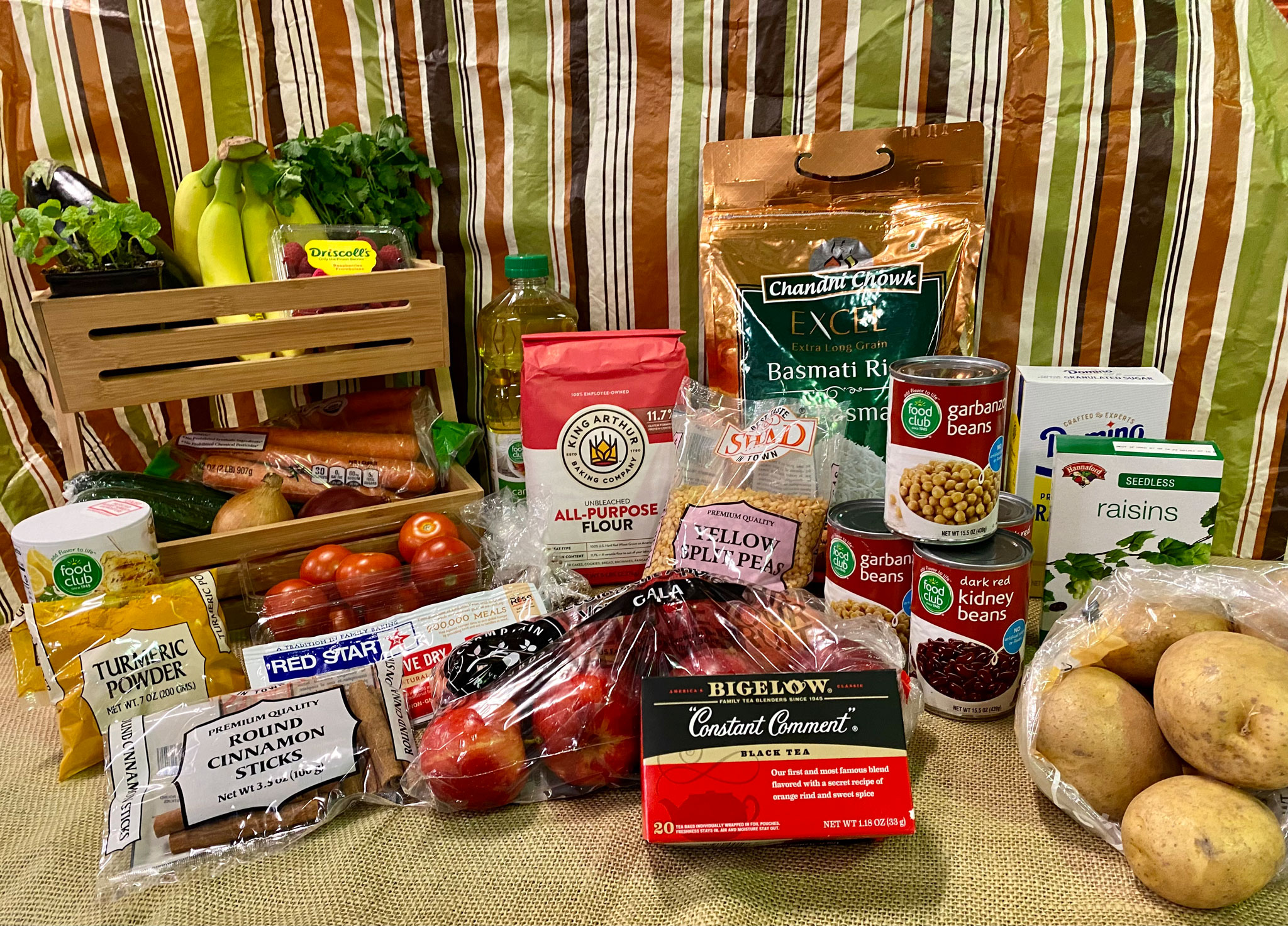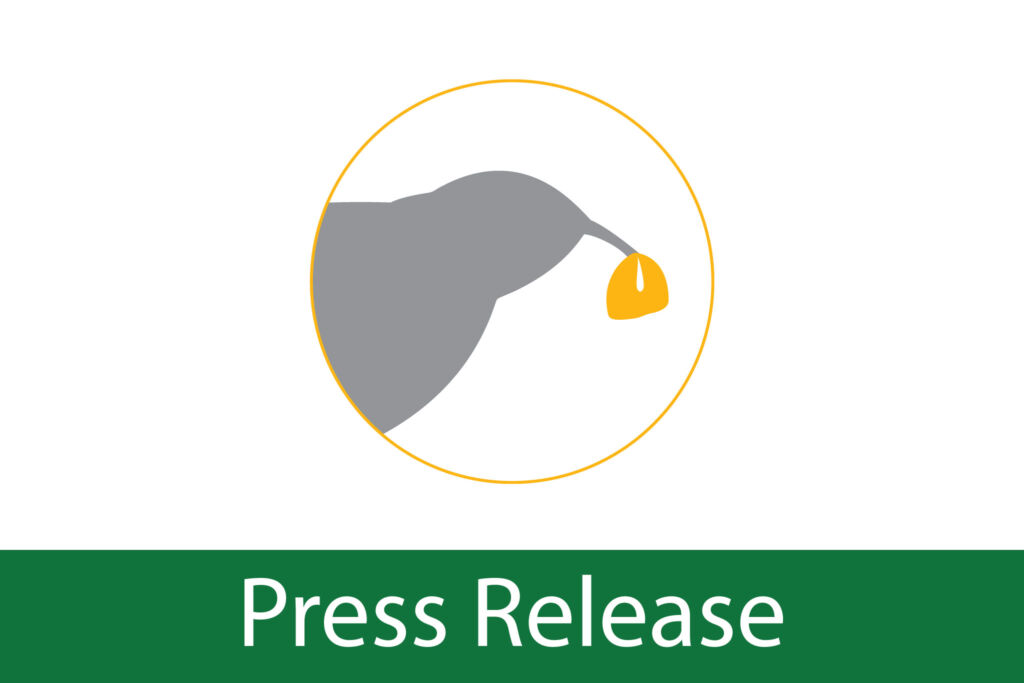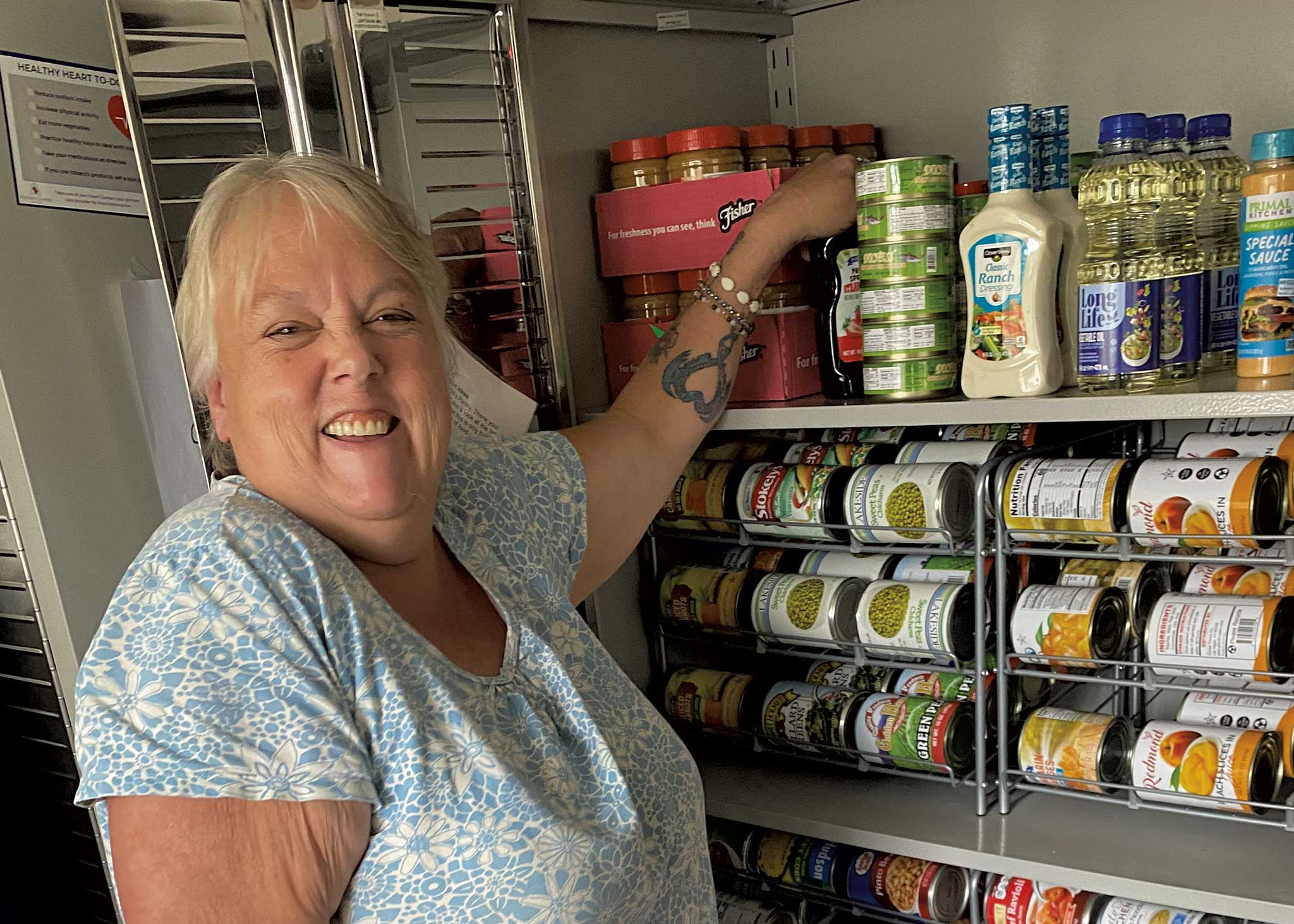
Welcoming New Neighbors With Nourishing Food
Moving to a new community is often challenging. Arriving without a job, not knowing where you’ll live, and speaking a different language make it even harder. A warm, familiar meal can mean so much. That’s why the Foodbank is making sure Afghan refugees have access to known and preferred foods upon arrival, with help from the community—and help from you.
“We’re doing what we always do, which is step up to help feed our neighbors—regardless of who they are,” says Zach. Zach does community engagement work at the Foodbank, and has been helping coordinate welcome efforts for Afghan refugees arriving in Vermont.
With about 230 individuals slated to arrive by the end of 2022, the Foodbank has been working to help make sure that new neighbors are greeted with a familiar meal, a box of food, and/or a gift card to purchase groceries upon arrival. People will be eligible to apply for 3SquaresVT, a program that provides money each month to purchase groceries, but there’s some turnaround time for the signup process and it’s important that new community members have enough to eat during the time it takes to get settled.
Dignity is also important, and Zach and the community engagement team have been collaborating with refugee resettlement organizations to curate the contents of the welcome food boxes so that people are receiving groceries relevant for creating and enjoying favorite meals. Boxes weigh about 40 pounds each and include staples like basmati rice and kidney beans, whole cardamom and coriander, oil, tea, and fresh produce and eggs. These boxes are distributed to families and individuals arriving at temporary housing locations in southern Vermont. The Foodbank is not sharing details about locations or individuals, out of protection for Afghan Evacuees and friends or family in Afghanistan whom the Taliban could target.
The Foodbank has also been partnering with Everyone Eats in some regions to prepare meals, using Afghan recipes, that are then stored frozen until needed. When new neighbors first arrive at temporary housing (often without access to a kitchen), they are served a warm meal. “There are two different recipes,” explains Zach. “One eggplant recipe and one kidney bean recipe . And the hope is that when people first arrive that first night, or two nights, they have a meal that feels welcoming and familiar for them.”
In parts of the state with access to a diversity of stores and markets, and where newcomers are moving directly into an apartment or homestay, gift cards have been made available so people can purchase the food they need and want.
“Even though it feels like a really big puzzle at the moment, the more I spend time on this the more I feel like I don’t think there’s any better fit to our mission than doing this work we’re doing right now,” shares Zach. “New community, different language, transportation barriers, food access barriers, not currently enrolled in 3Squares or anything… To me, that is the most vulnerable of anyone in our community at the moment. And so supporting them however we can is important.”
Footnote: The Vermont Foodbank can help you, or someone you know, apply for 3SquaresVT. To learn more, visit our 3SquaresVT page or call 1-855-855-6181 to speak to our friendly team.
How do you find the heart of a community? You can find it in the people who run its food shelf. At the Onion River Food Shelf in Marshfield, VT, one of those people is Diana.
Denise is the manager at Sid’s Pantry, one of the 220+ food shelves and meal sites that make up the Vermont Foodbank network. In between visits from neighbors picking up food, Denise talks about how her own experiences with food insecurity influence the ways she supports her community.
Vermont experienced catastrophic floods in July and December 2023 that damaged homes, businesses, and infrastructure across the state. In 2024, the state experienced flooding again. Here’s how recent flooding[...]








